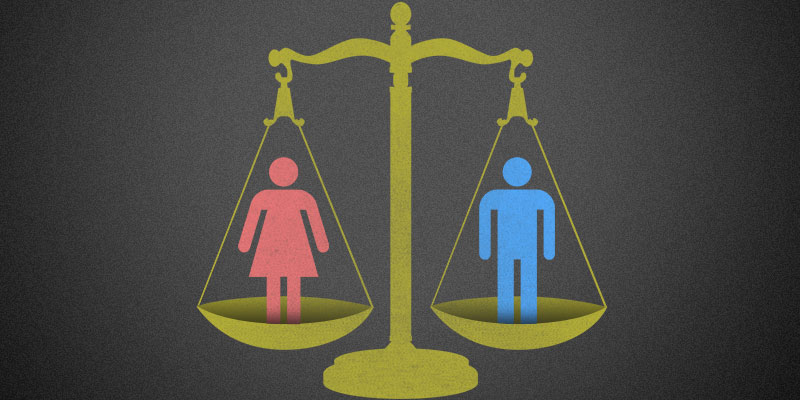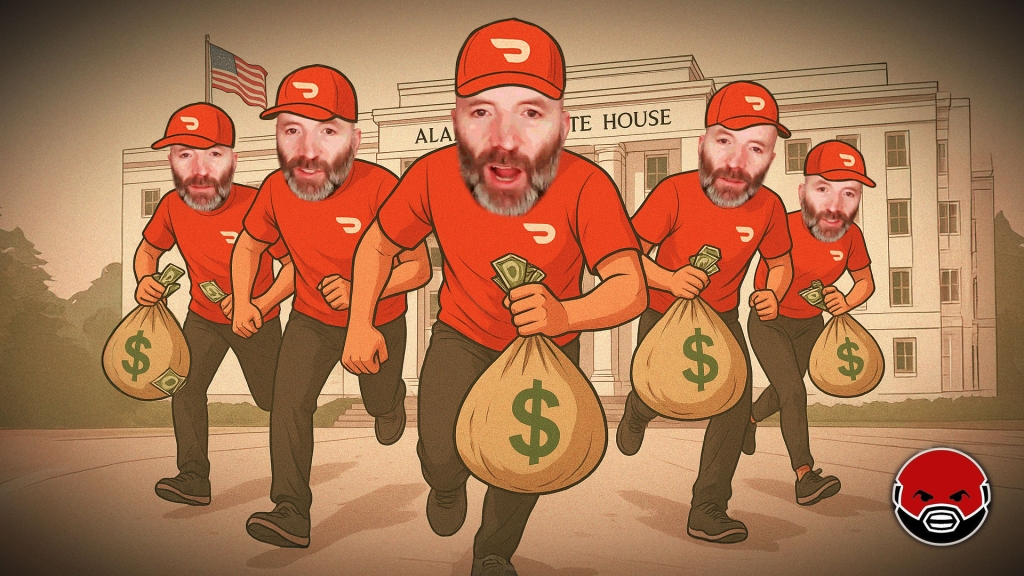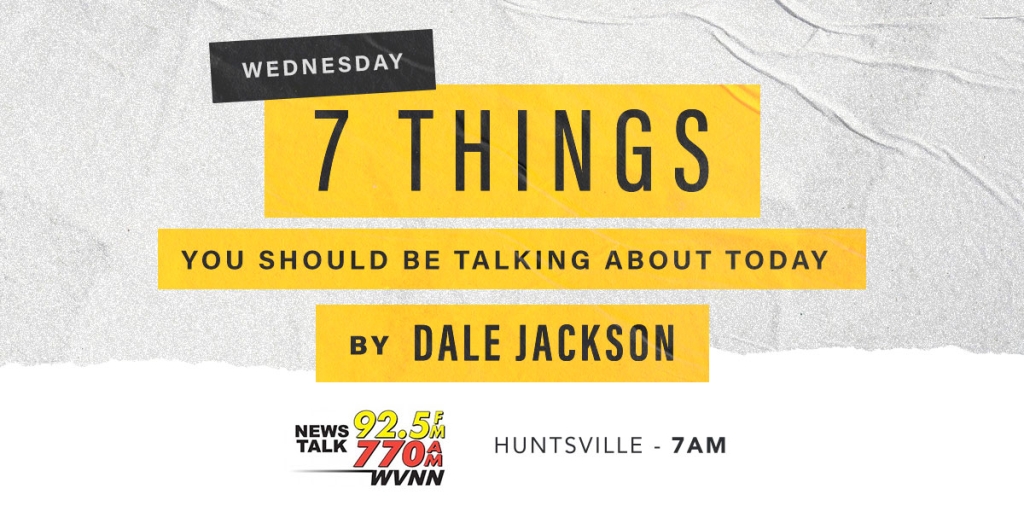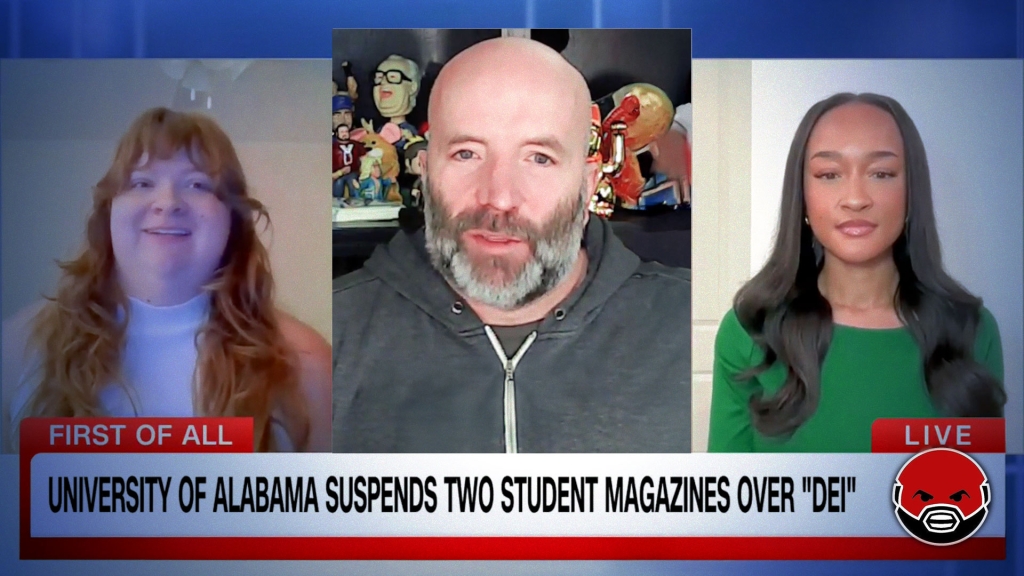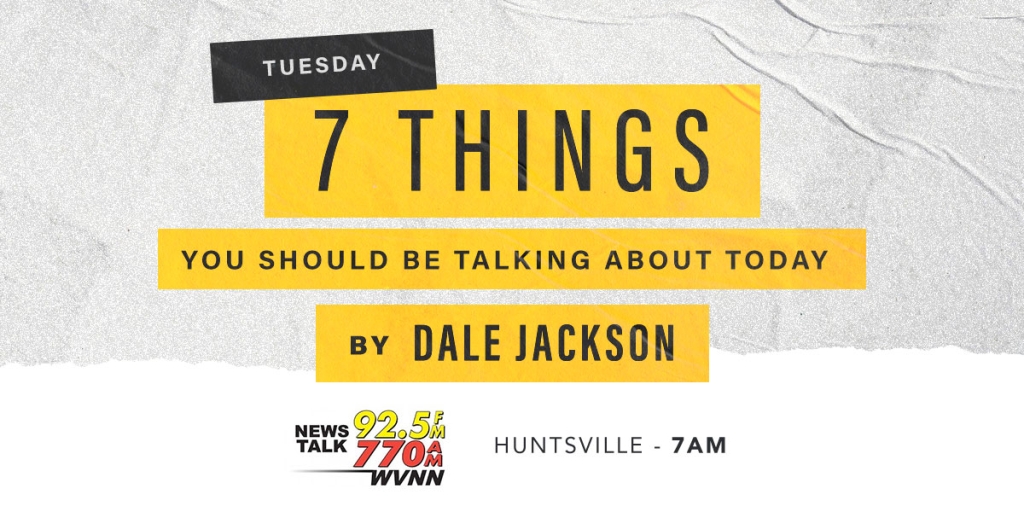April 10 marked 2018’s “Equal Pay Day,” decrying the almost 20 percent difference between median yearly incomes for men and women working full time (35 hours or more per week) for the most recent reporting year (2016). As has become traditional, “celebrants” reiterated assertions that the data establishes unjustifiable discrimination against women “doing the same work as men.”
However, as Mark J. Perry points out, that data fails to adjust for differences in “hours worked, marital status, number of children, education, occupation, number of years of continuous uninterrupted job experience, working conditions, work safety, workplace flexibility, family friendliness of the workplace, job security, and time spent commuting,” each of which would lead one to expect men to be paid more.
How do “Equal Pay Day” activists explain omitting that dozen (or even more) clearly relevant variables from being taken into account? Mainly, they ignore such issues, using constant repetition and the threat of tarring critics as sexists to establish their core claim as an unchallengeable premise for public conversation.
However, there is reason to think that even activists doubt their mantra. First, it serves their political purposes whether it is valid or not, and the worse they can make it look, the better it serves those purposes. Second, such discrimination has been illegal for years, and, if proven, would be a litigation goldmine for lawyers, yet we don’t see a flood of easy money victories. But I find it even more important to ask whether a woman who worked two more hours a week than a man (roughly the average excess men work than women in the “full time” data) would insist that it justifies greater compensation. I have never met one who said she thinks it would make no difference, when she would gain from it. And the same is true for every other difference supporters want people to ignore to reach “Equal Pay Day” conclusions.
Another logical anomaly is similarly telling. I cannot count how many times employers in general, and “big business” in particular, have been accused of being too selfish or too greedy to pay for accusers’ pet “do-gooding” causes. They are too greedy to care enough about pollution/global warming/climate change. They are too greedy to do enough to eliminate poverty. They are too greedy to care about their labor force or the community, when opposing tax hikes or regulatory burdens, mandates for legal increases in wage and/or non-wage compensation, closing unprofitable production facilities, eliminating jobs when capital equipment is cheaper, ad infinitum. However, despite such universal allegations of excessive greed, employers are somehow not greedy enough when it comes to female employment.
“Equal Pay Day” logic implies that it would be outrageously profitable to just hire women, because the labor costs of production would be one-fifth lower as a result. That is, employers supposedly won’t do enough “good” anywhere it costs them money, yet they are determined to discriminate against women at a phenomenal cost. And the discriminators would include women-owned businesses and firms with female CEOs and HR heads. Is everyone, including women, willing to pay so much to discriminate against women?
“Equal Pay Day” activities feature statistics that no one who ever stayed awake in a course in the subject would accept, combined with self-contradictory logic. What they ignore when it advantages their claims of discrimination they reject as applying to themselves. Further, they routinely accuse their “targets” of being too greedy in multiple areas, yet not greedy enough when it comes to employing women. Such Swiss-cheese holes reveal “Equal Pay Day” as an attempt to establish an unsupportable premise, which tortured logic can then twist into even more unsupportable conclusions.
Gary M. Galles is a professor of economics at Pepperdine University. He is the author of The Apostle of Peace: The Radical Mind of Leonard Read.
(Courtesy of Mises Institute)




